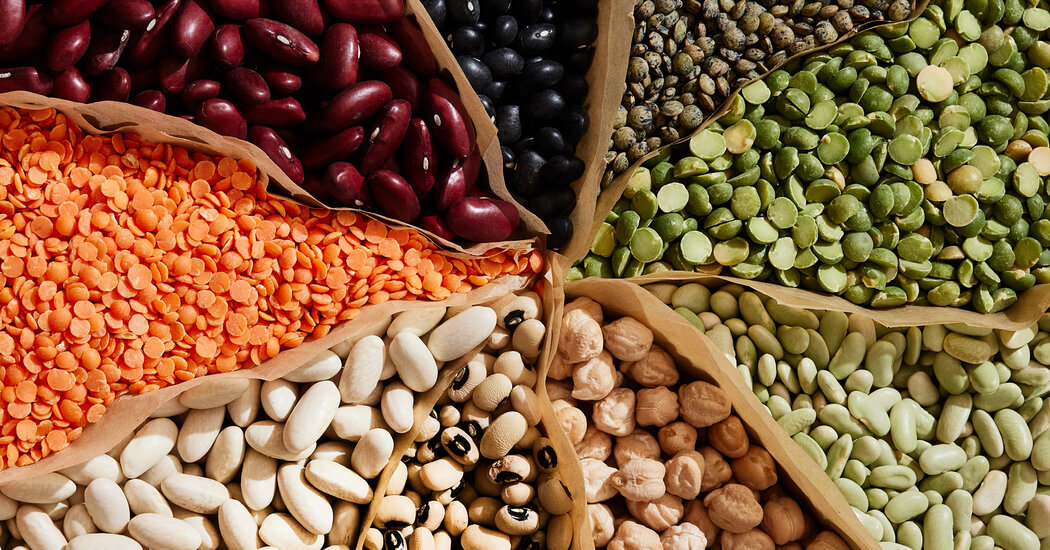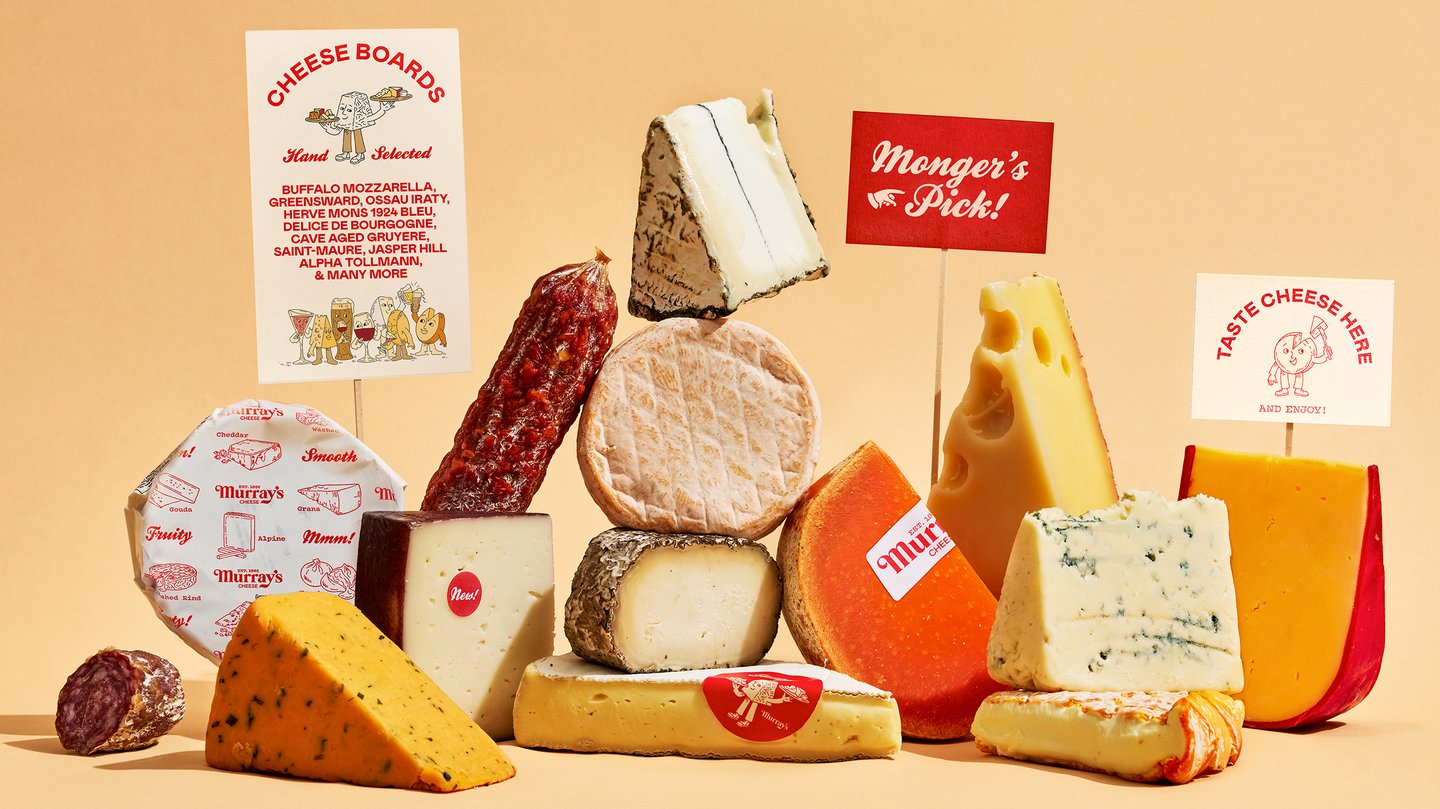If ever there were a superhero in the world of food, it would surely take the humble form of legumes. These nutritional powerhouses are a testament to the saying ‘good things come in small packages,’ given their remarkable health benefits and culinary versatility. Lentils, with their quick cooking time and nostalgic appeal, are just the beginning of the legume love story.
In the context of the Mediterranean diet, legumes are celebrated not only for their protein content, which is substantial at about 15 grams per cup, but also for their fiber, which contributes half the daily recommended intake in the same serving size. This fiber is far more than a digestive aid; it’s an agent of wellness, interacting with the body in ways that underscore the symbiotic relationship between a healthy diet and a robust lifestyle.
LDL cholesterol, the notorious culprit in cardiovascular concerns, meets its match in legumes. Their fiber binds to these lipids, allowing them to be escorted out of the body, potentially lowering cholesterol levels as a result. Blood sugar spikes, which can lead to diabetes and other health issues, may also be mitigated by the steady, slow-burning energy that legumes provide, enabling improved glycemic control.
But the benefits don’t end at heart health and diabetes prevention. Legumes are packed with an array of nutrients, each serving roles that enhance our health in different, but significant ways. Iron is transported to our working muscles and helps maintain our energy levels. Magnesium plays a part in over 300 biochemical reactions in the body, including nerve function and the regulation of heartbeat. Folate is essential for DNA synthesis and repair, playing a crucial role during pregnancy and for ongoing cell health. Vitamin E, as an antioxidant, defends against oxidative stress and inflammation.
Beyond nutrition, what truly sets legumes apart is their chameleon-like adaptability in the kitchen. Lentil soups and chickpea curries are just the tip of the iceberg. These ingredients can transform into veggie burgers, be tossed into salads for an added protein boost, or mashed and spread onto sandwiches as a fiber-rich alternative to other spreads. Black-eyed peas can be the star of a spicy stew, while cannellini beans bring a creamy texture to pasta dishes without the need for heavy creams or cheeses. Kidney beans can jazz up a chili, and lentils can be used to make a meatless loaf or even ‘meatballs’ for a twist on classic spaghetti.
Legumes are not just a dietary staple; they are a culinary inspiration. Their neutral taste makes them an excellent canvas for a spectrum of flavors from different cuisines. Moreover, their ability to be seasoned, spiced, and cooked in myriad ways means they fit seamlessly into most dietary preferences and restrictions, including vegetarian, vegan, gluten-free, and allergen-free diets.
As you stock your pantry with these versatile ingredients, consider their origin story. Legumes have been a part of human diets for millennia, providing sustenance across cultures and continents. They are a connective thread in the tapestry of global gastronomy, yet they manage to fly under the radar, often overshadowed by trendier superfoods. But for those who know, legumes are the unsung heroes of the pantry, waiting to unleash their potential in your next meal, for both your body’s health and your palate’s pleasure. So, embrace the legume, in all its glorious forms, and let it nourish you in ways only these tiny titans can.
















